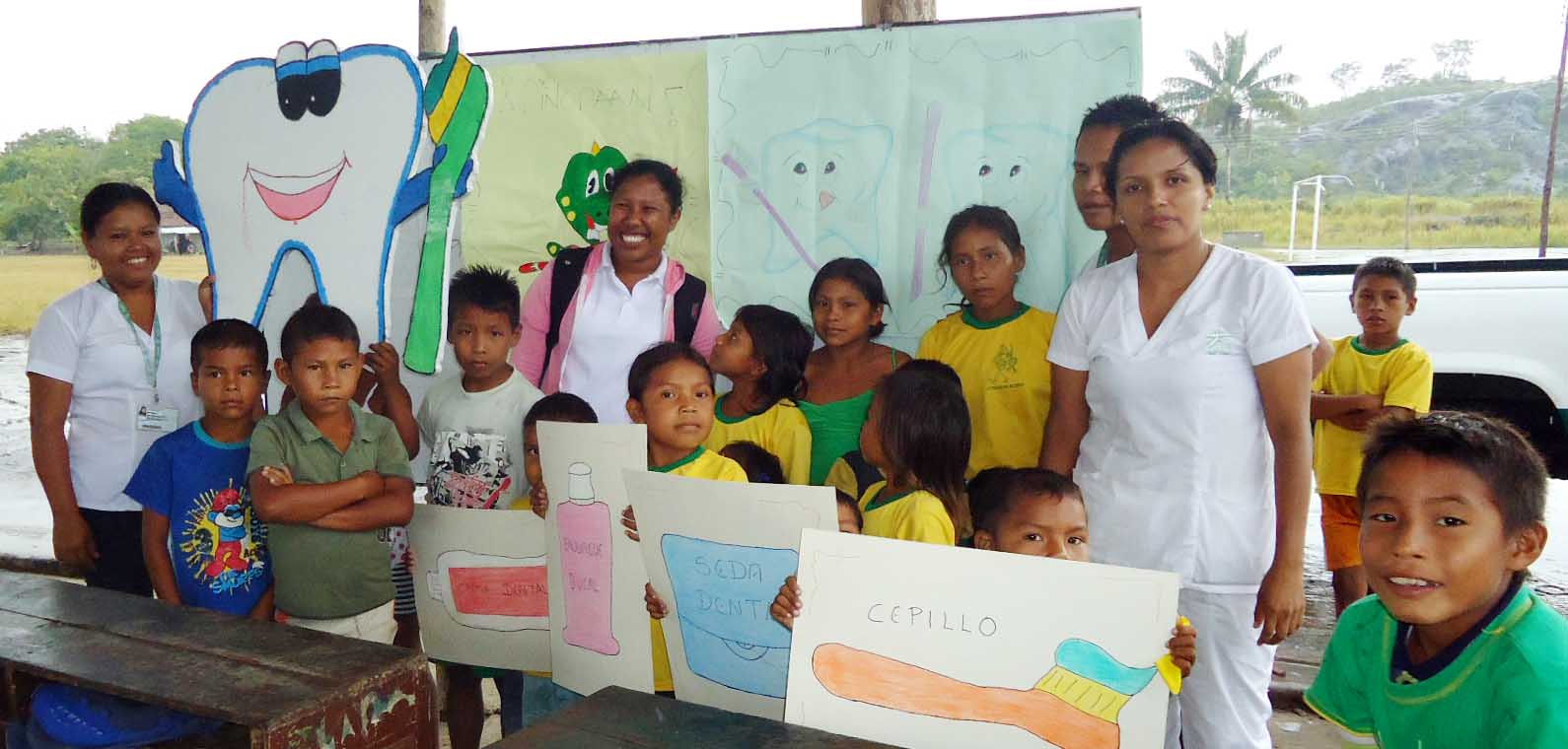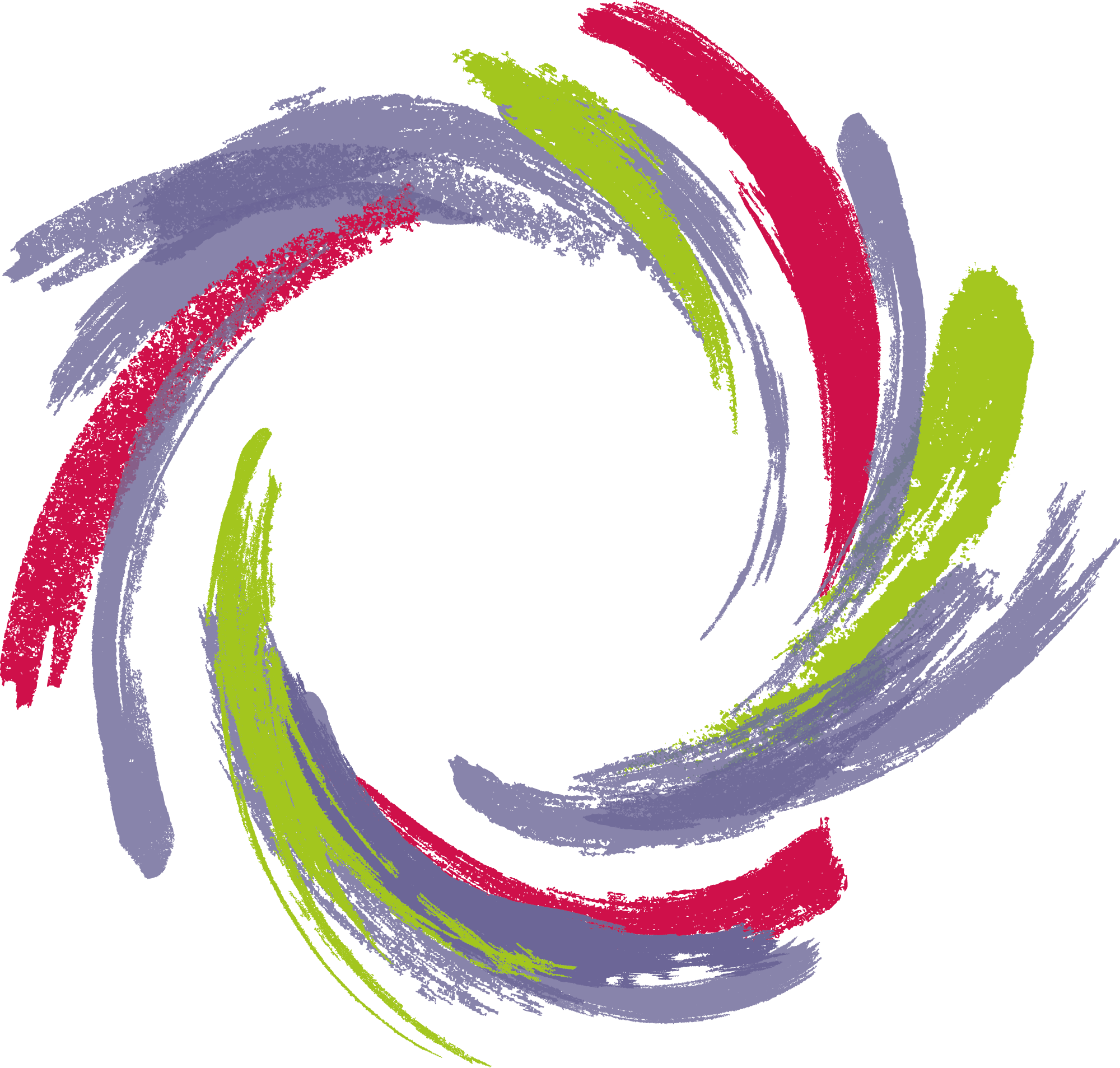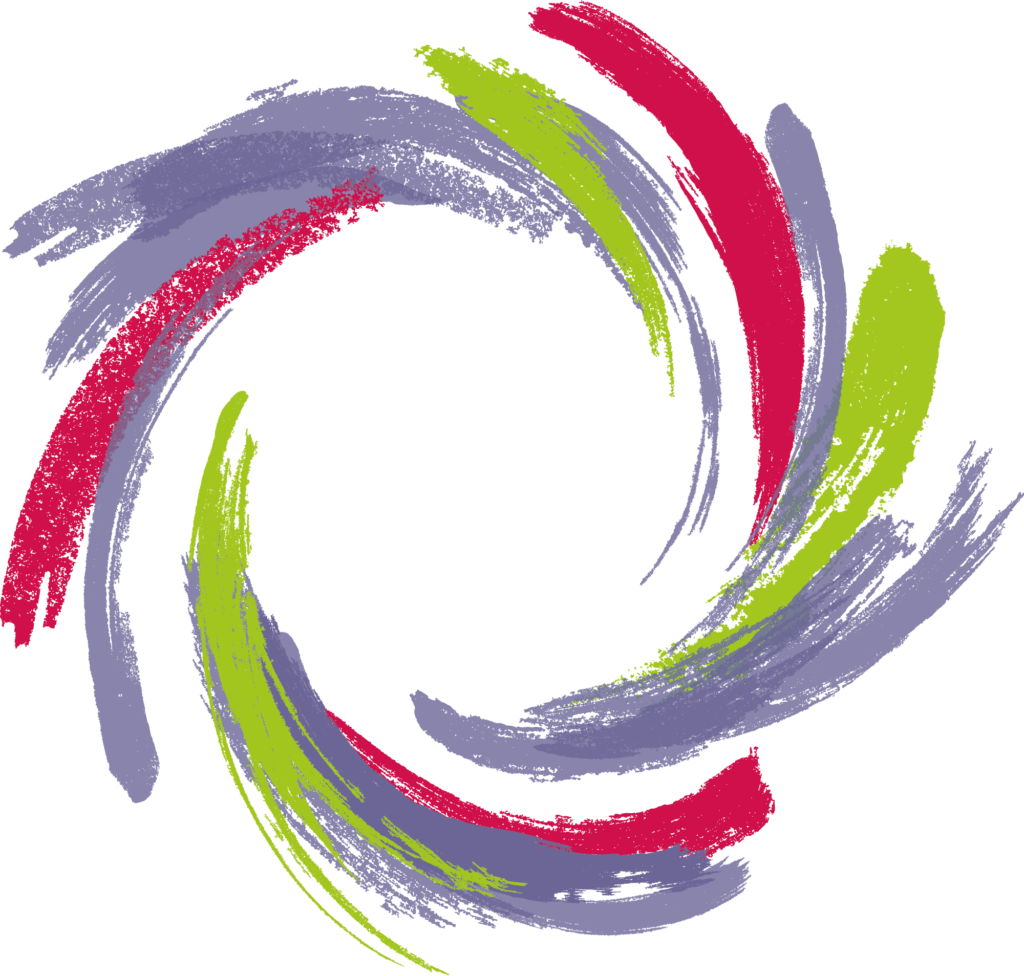In Colombia’s Guainia department, the government has launched an innovative programme: the Integral Model for Access to Health (MIAS), adapted to this region’s issues.
Indeed, this department has the lowest population density in the country with 40,000 inhabitants for 72,000km2. In this region only 17% of the population has access to health services with only 1 hospital, 4 health centres and 23 primary care centres. On the other hand, the indigenous communities represent 85% of Guainia’s population. They are particularly vulnerable and face very difficult living conditions. The majority of their basic needs are not met: education, housing, health, work…
Faced with these challenges, the Department for Health and Social Security, applied to the Inter-American Development Bank and together with the mutual society Gestarsalud, implemented a pilot programme based on a model which addresses these problems in an integrated way. The aim is not only to improve the quality and efficiency of health infrastructure and services but also and especially to promote the overall well-being of these isolated populations.
The MIAS was established in the first place on the principle of ethnic and cultural diversity. It was built on the basis of a one-year consultation with the indigenous communities. The MIAS aims to be adapted and especially applied to the culture, traditions and beliefs of the indigenous peoples of which representative organisations are involved in managing the programme.
The second feature of the MIAS is the reinforcement of first-level management: family and community medicine, promoting health and disease prevention. The MIAS aims to provide a thorough health education in order to promote healthy behaviours, to detect diseases as early as possible and to thus reduce the cost of management.
The pilot programme should be rolled out gradually over five years and its impacts will be closely monitored and assessed. Depending on the results, this model could eventually be expanded to all of the country’s indigenous population.






